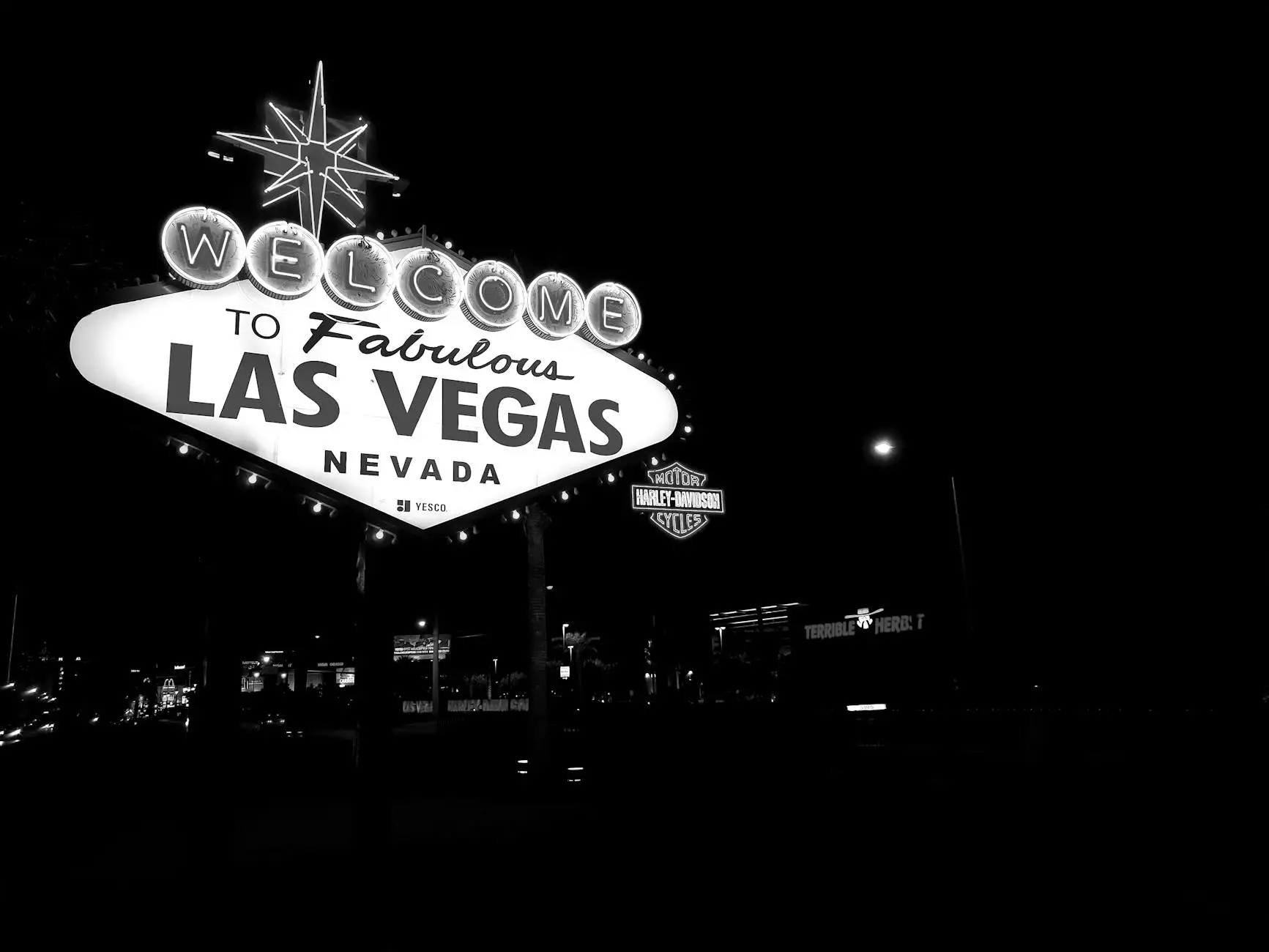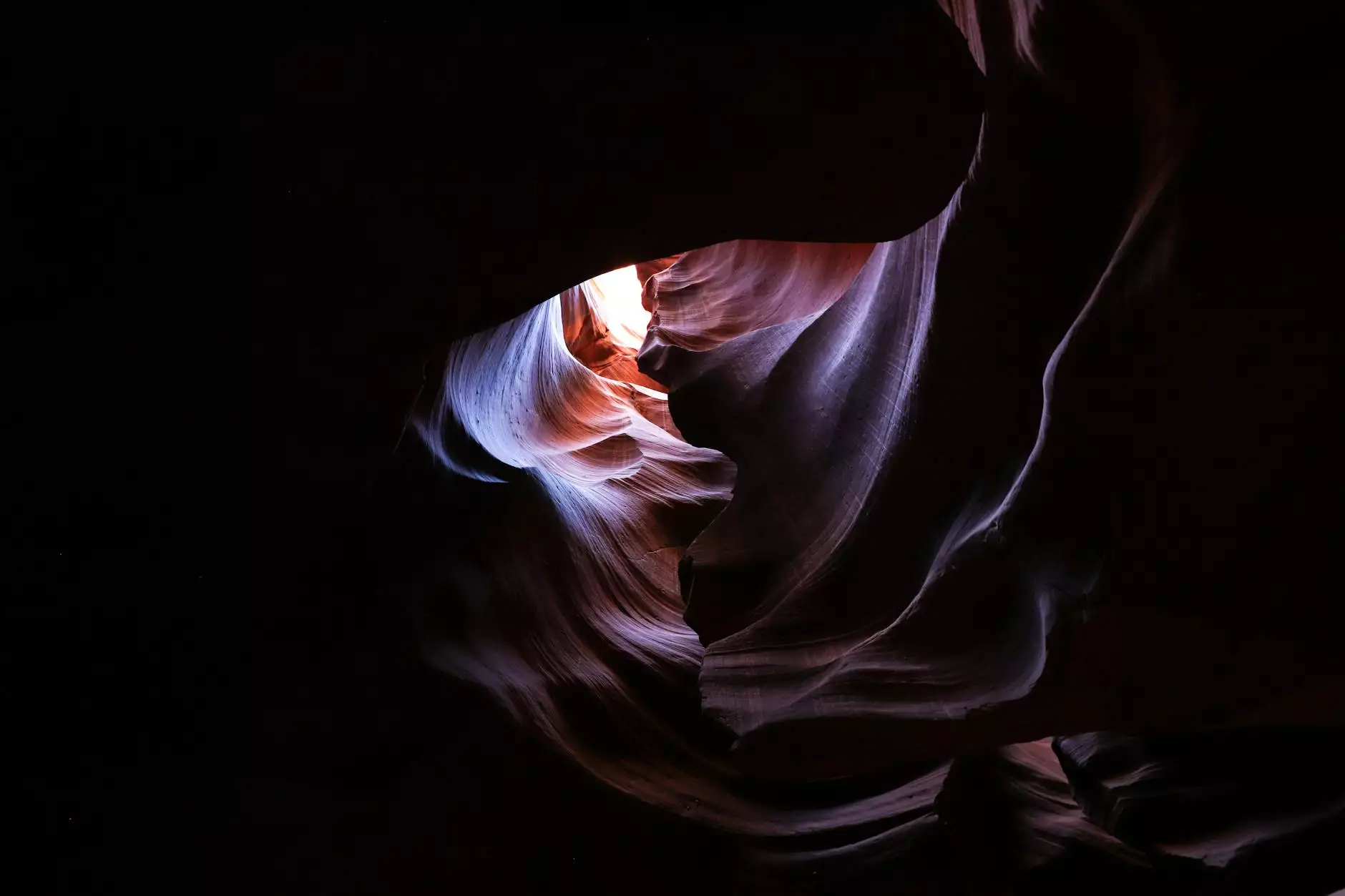Light Installations: Transforming Spaces through Art

Light installations have emerged as a powerful medium in the realm of contemporary art, merging technology, creativity, and space to create immersive environments that captivate audiences. Artists around the world are leveraging this innovative form to challenge perceptions of art, interactivity, and engagement. This article delves deep into the influence, significance, and emerging trends of light installations, showcasing their ability to bring communities together and inspire with their brilliance.
The Essence of Light Installations
Light installations utilize artificial lighting as a primary medium to create artistic experiences. By manipulating various light sources—such as LED lights, projections, and neon tubes—artists can create dynamic works that play with color, form, and space. These installations can range from subtle and intimate explorations of light to grand and overwhelming spectacles that fill entire urban landscapes.
Historical Context of Light Art
While the use of light in art can be traced back to the earliest days of human creativity, the modern concept of light installations began to take shape in the 20th century. Artists like Dan Flavin and James Turrell paved the way for contemporary exploration, merging traditional art techniques with technological advancements and reflecting the transformative power of light.
Why Light Installations Matter
The significance of light installations lies in their ability to:
- Enhance Experience: They create interactive and engaging environments that engage the viewer's senses, leading to a more profound appreciation of art.
- Transform Spaces: Light can dramatically alter our perception of a space, turning mundane locations into extraordinary places filled with wonder.
- Raise Awareness: Many artists use light installations to address social issues, educate the public, and raise awareness about environmental concerns.
Artistic Expression Through Light Installations
Light installations encompass a wide array of styles and concepts, each reflecting the artist's unique vision. Some notable examples include:
1. Interactive Art Installations
Artists such as Random International have created installations like "Rain Room," where visitors can walk through falling water without getting wet, highlighting the intersection of nature and technology.
2. Urban Light Projects
In urban environments, festivals like the Vivid Sydney showcase spectacular light installations that draw tourists and locals alike, reinforcing community through the shared experience of art.
3. Site-Specific Installations
Artists often create works that respond to their specific environments. The "The Obliteration Room" by Yayoi Kusama transforms a blank, white room into a colorful explosion, inviting participants to contribute to the artwork.
The Business of Light Installations
The light installations market is booming, with increased investment from both private collectors and public institutions. Key players in this field include art galleries, museums, and event organizers who recognize the allure of light art.
1. Art Galleries and Exhibitions
Galleries are continually seeking innovative ways to captivate audiences. Light installations are a key component of contemporary exhibitions, often drawing significant foot traffic and fostering a deeper engagement with art.
2. Collaboration with Corporations
Corporate sponsorship of art installations has surged, providing funding for ambitious projects while enhancing brand visibility. For instance, companies may sponsor light shows or public art installations, aligning their brand with innovation and creativity.
3. Festivals and Events
Global festivals such as the Lux Helsinki and Festival of Light in Amsterdam have become cultural landmarks, showcasing the work of talented artists and generating substantial economic activity through tourism and local spending.
Future Trends in Light Installations
The future of light installations appears promising with technological advances leading to new forms of artistic expression. Key trends include:
- Integration of AI: Artists are beginning to incorporate artificial intelligence into their installations, allowing for dynamic, responsive art that changes based on viewer interaction.
- Sustainability: As awareness about climate change increases, artists are motivated to use eco-friendly materials and energy sources, reducing the environmental impact of their light works.
- Virtual and Augmented Reality: The rise of VR and AR technologies is creating exciting opportunities for interactive light art that challenges conventional boundaries of installation art.
Conclusion: The Impact of Light Installations on Society
In a rapidly evolving world, light installations serve as a beacon of creativity and innovation. They not only transform physical spaces but also elevate collective experiences by blending artistry, technology, and community. As we move forward, the importance of embracing light art will continue to shine bright, driving creativity, engagement, and conversations in our society.
Explore the captivating world of light installations by visiting Grimanesa Amoros, where the interplay of light and artistic expression invites you to experience the magic firsthand.









